In the past few days since I returned to China, I have been trying to get in touch with the communities and people I need to interview as quickly as possible. Unfortunately, due to the epidemic (dengue fever) in Xishuangbanna, I have no way to go offline to collect materials, and can only conduct interviews online. So I took my Plan B to replace the trip to Xishuangbanna. There is a place called Yunnan Ethnic Village in Kunming, where I live. Since tourists cannot go deep into all ethnic minority areas to visit after coming to Yunnan, the Yunnan Provincial Government proposed the idea of building a “Yunnan Ethnic Village” in Kunming, making it a window for tourists to understand Yunnan’s ethnic minorities. Yunnan Ethnic Village has built 26 small villages in this place to show tourists according to the customs and cultural characteristics of the 26 ethnic groups in Yunnan. The staff in these small villages must be one of the 26 ethnic minorities. I will conduct my investigation of the Dai people here next week.
The Chinese government has been promoting Chinese national culture, but Chinese fashion magazines have not been very active in promoting this part of the content. Chinese fashion magazines have tried to show it, but as long as you compare it with fashion magazines in other countries, you can see the “perfunctory” feeling from the photos. For example, the mainstream first-line magazine “VOGUE”:
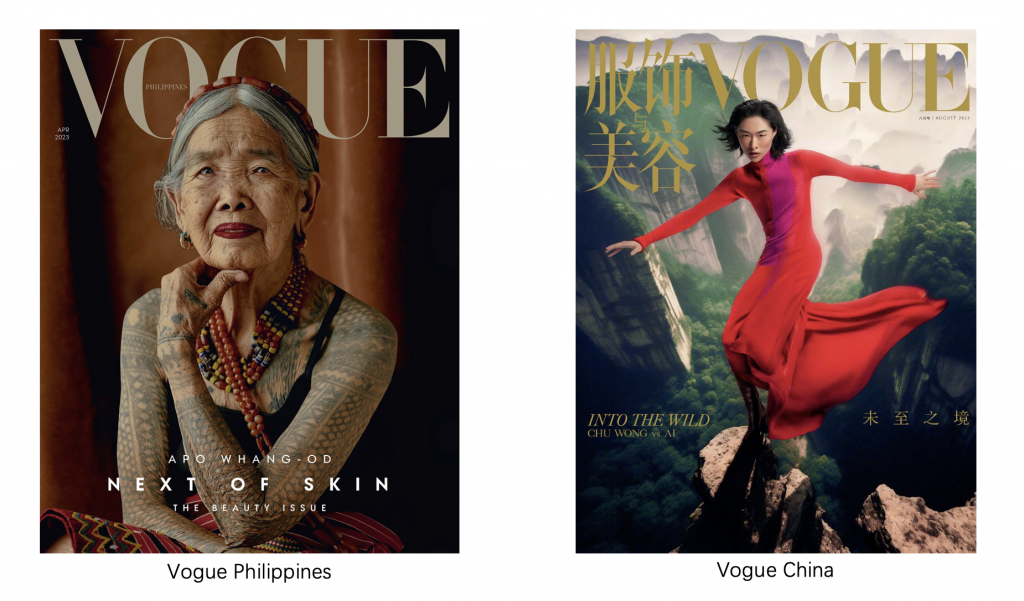
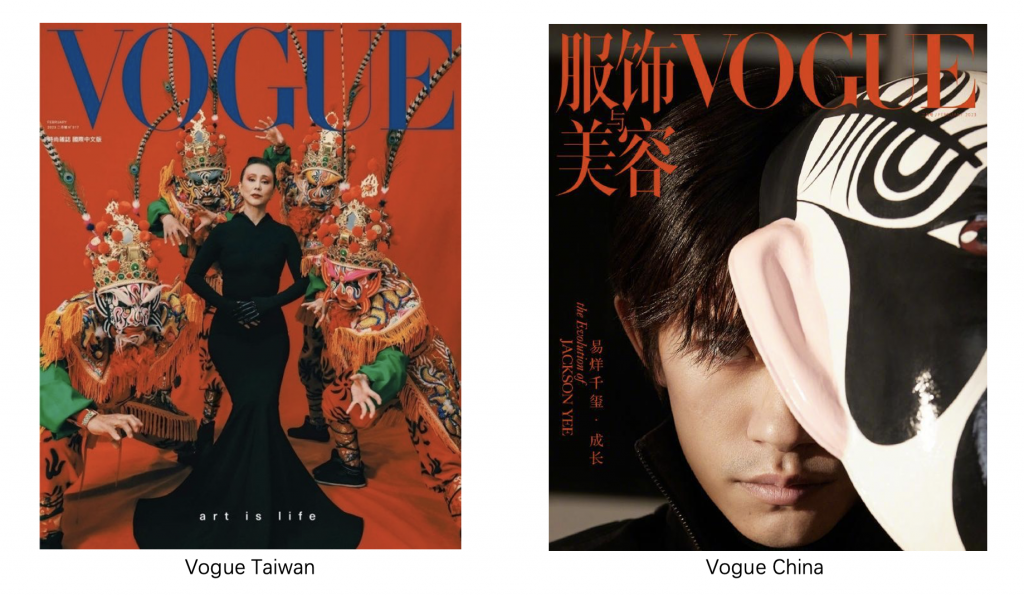
VOGUE China only shows a small part of traditional Chinese culture, with celebrities and top models as the main elements. I think this reflects a lack of respect for Chinese culture and a lack of in-depth research. If this is a top fashion magazine brand that is delivered to the world, shouldn’t it do more in-depth research on China and traditional Chinese culture? On the other hand, VOGUE Taiwan and VOGUE Philippines highlight the strong national traditional culture in their magazines, and have a more unique style.
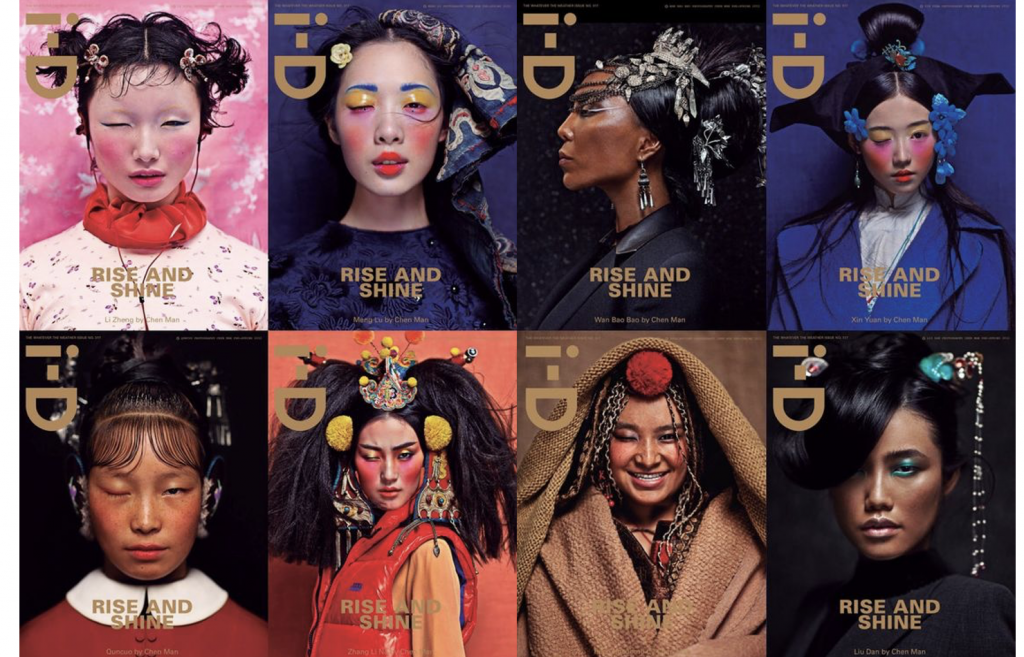
Even when Chen Man shot for i-D magazine in 2013, she vilified the image of Chinese women and used foreigners’ stereotypes of China to interpret the image, which fully demonstrated the phenomenon of cultural appropriation caused by the lack of understanding of Chinese culture and violation of cultural respect.
Here are some case studies I found to help me better conceive my next process:
- Wallpaper* – May & June 2021 Issue
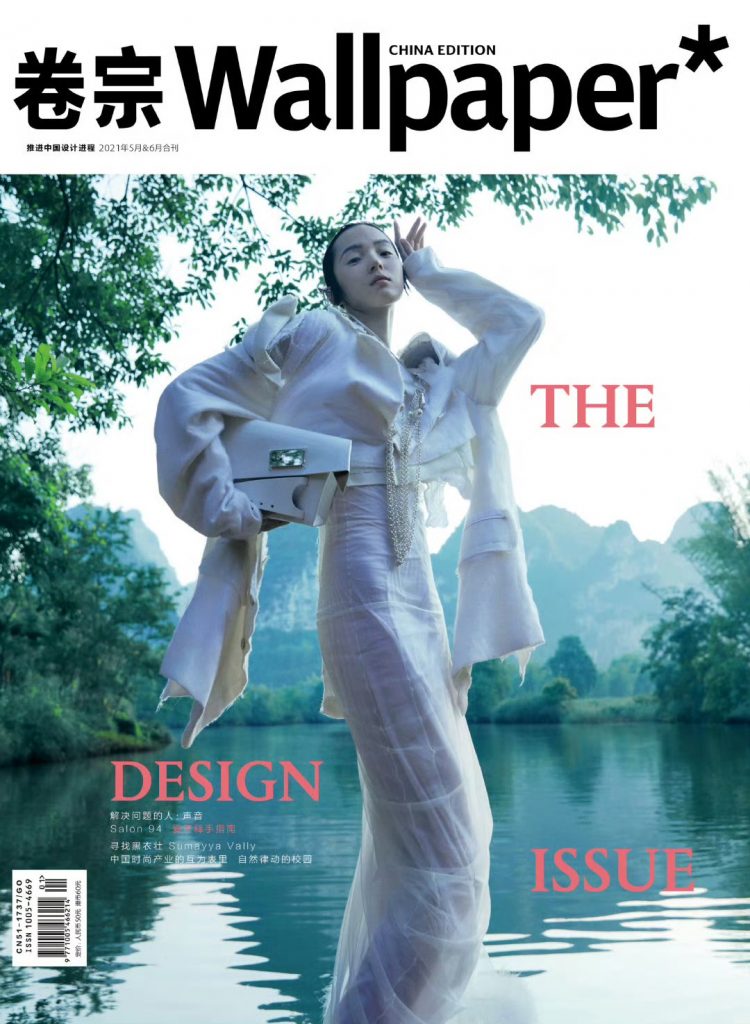
In 2021, Wallpaper collaborated with model Ju Xiaowen to shoot a landscape waterfall in Baise, Guangxi. From the images, we can clearly see the poetic and picturesque scenery of Guangxi, and also feel the ancient civilization of the Zhuang ethnic minority in Guangxi Province. Photographer Zeng Wu collaborated with stylist Liu Xiao to combine fashion with local ethnic culture through extreme techniques. In this set of photos, the sponsor brand of the cover photo is Maison Margiela, which is completely integrated with Chinese ethnic culture.

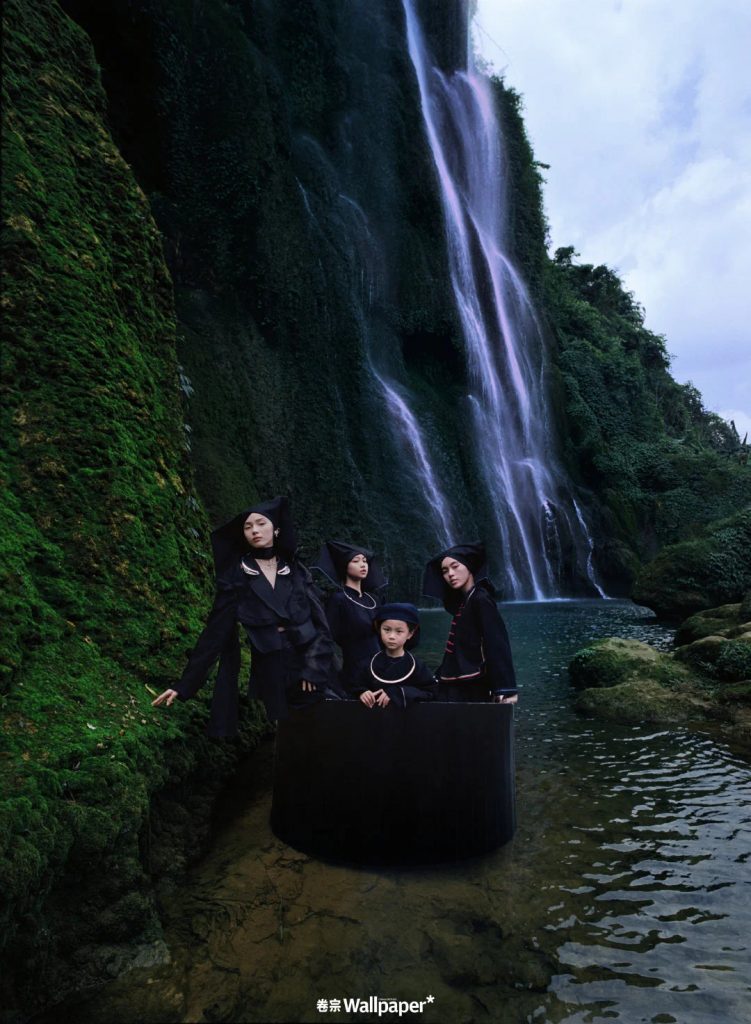
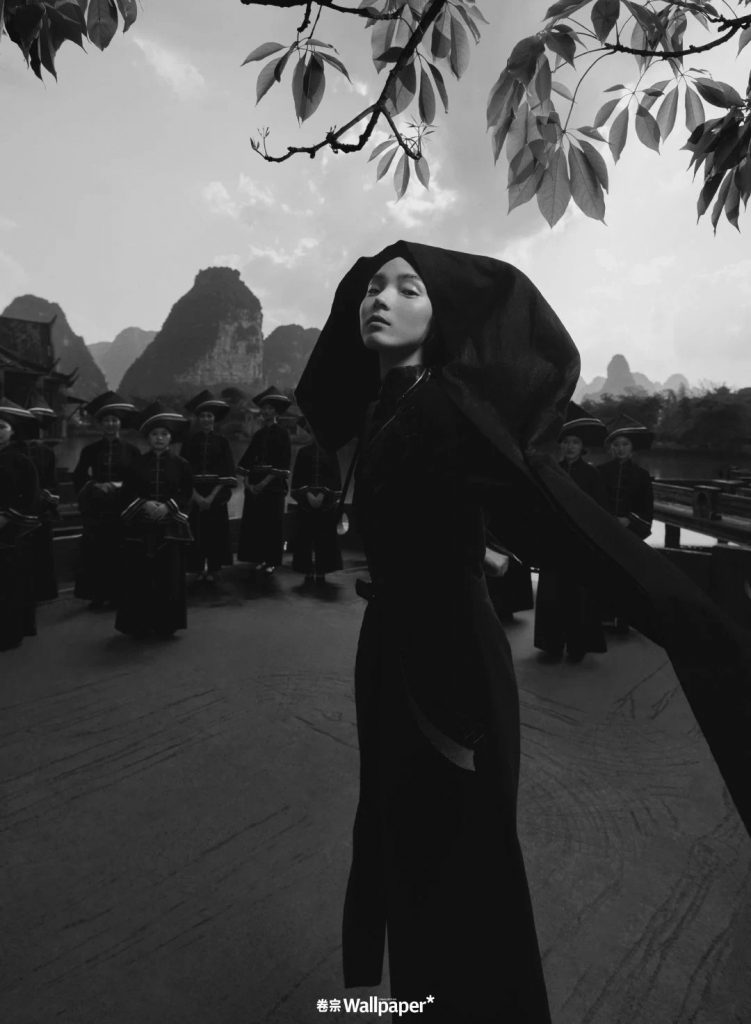
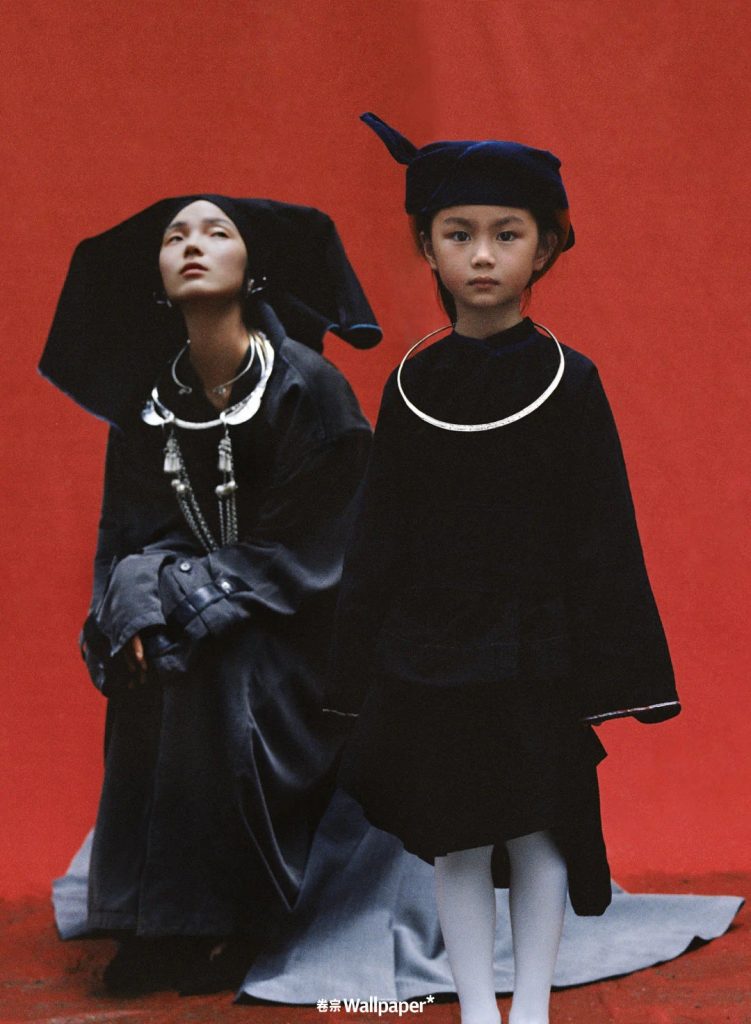
- 《Shang Cheng Shi》
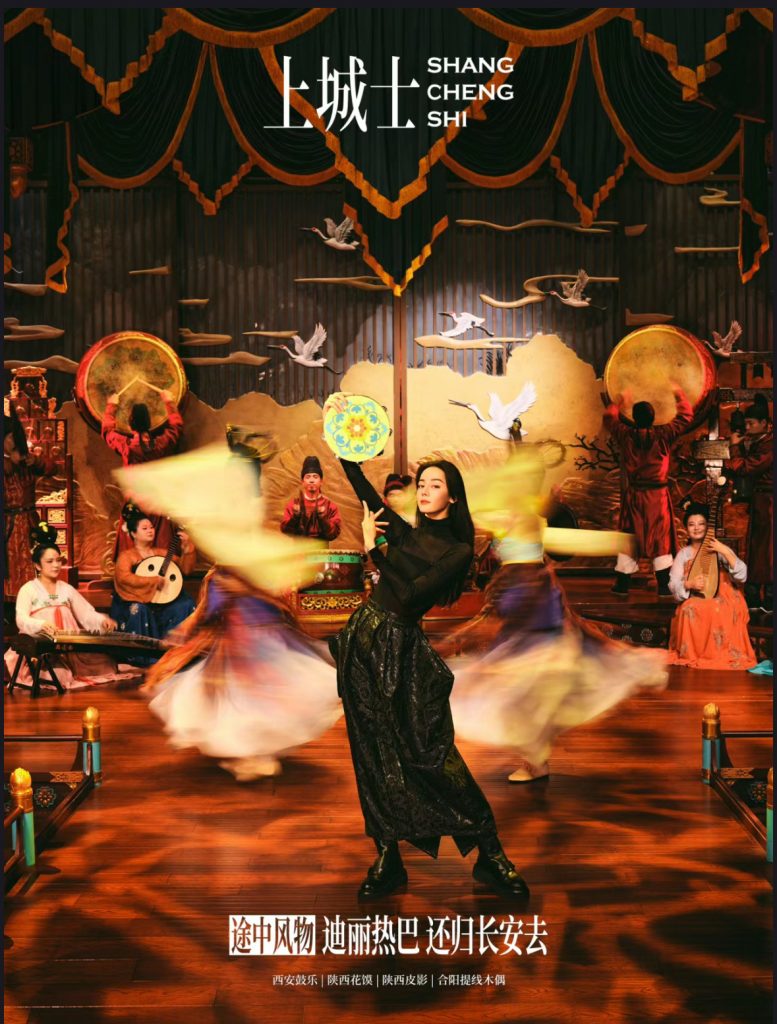
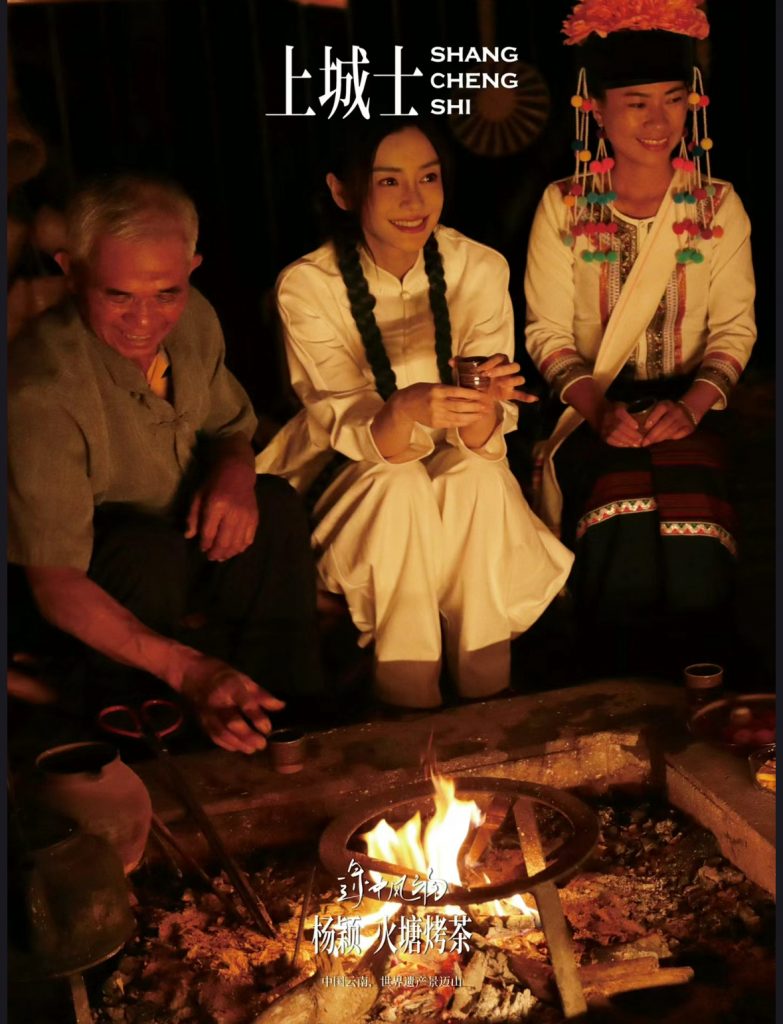
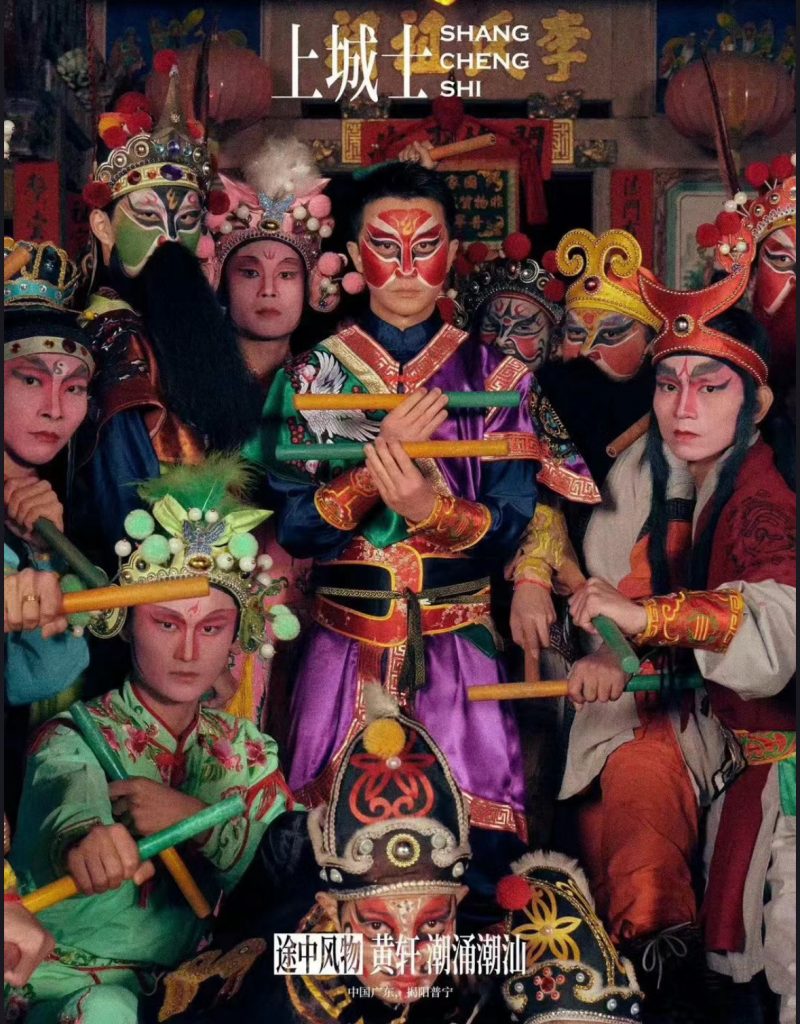
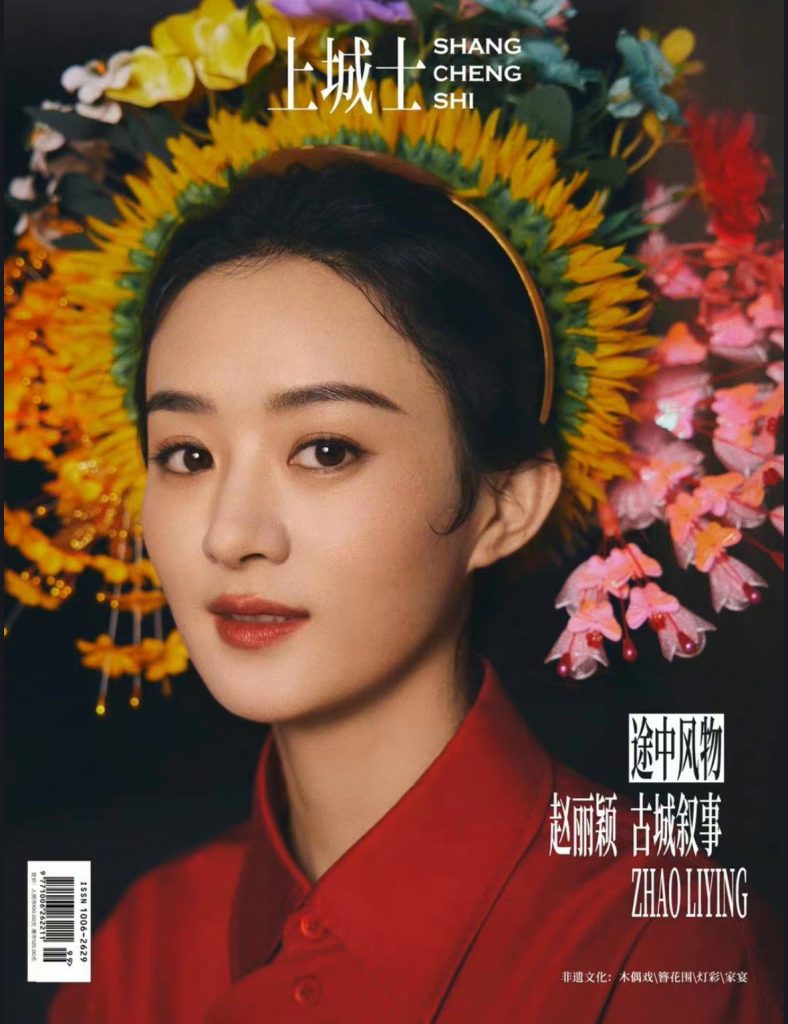
This is a magazine that interprets the oriental fashion vision and records every corner of China. It is the only media brand in China that focuses on humanities and lifestyle. Each issue of the magazine leads readers to a deeper understanding of Chinese local culture, but also connects with international fashion. From this magazine, I see the rising power of China. Although the influence of this magazine is not enough to reach the level of first-tier magazines, its high-quality content provides everyone with a deep interpretation of Chinese culture.
- Chinese Game – Mobile Legend

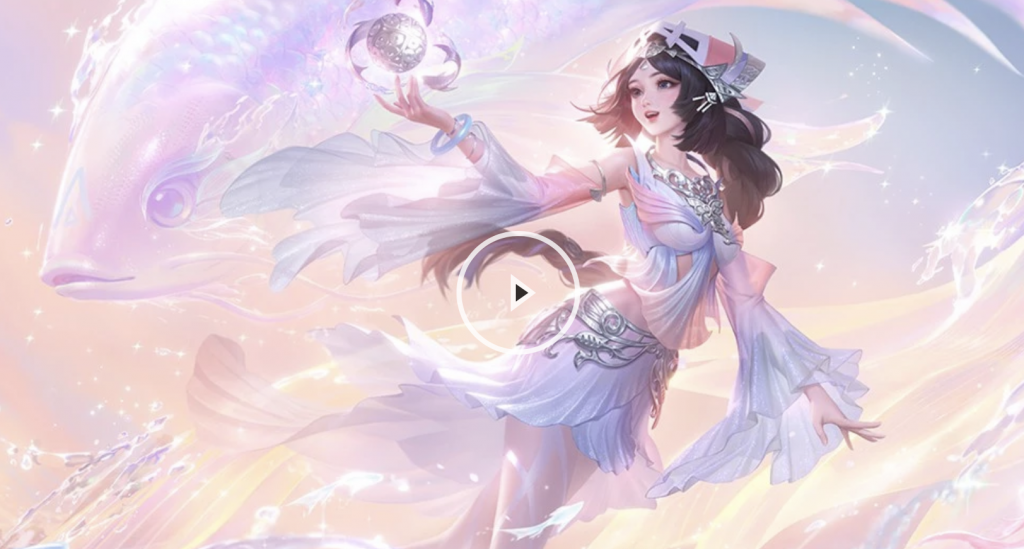
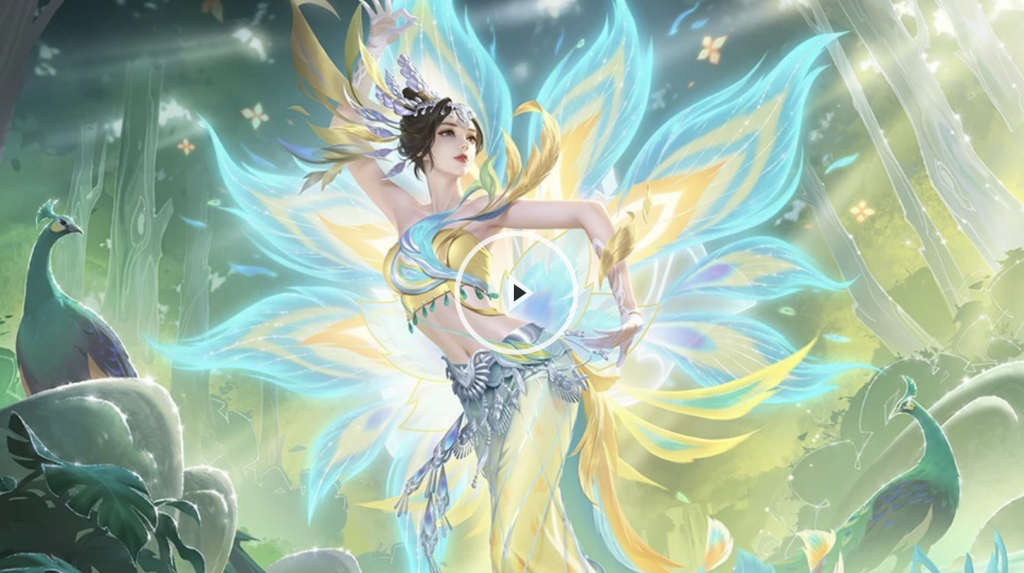
Last year, this game started from the spiritual core of folklore and used two legendary women as inspiration to launch a series of ethnic minority theme designs. The ethnic minorities selected for this game last year were China’s Dai and Zhuang. In the design of game skins, the materials are drawn from astronomy and geography, animals and plants, myths and legends, and even mysterious and ancient totem symbols that have been passed down for thousands of years. As an international mobile game, it can not only allow everyone to relax through the game but also allow more people to understand national stories. It is undoubtedly a good teaching material for cultural appreciation.
- Ethnic minority social content creators
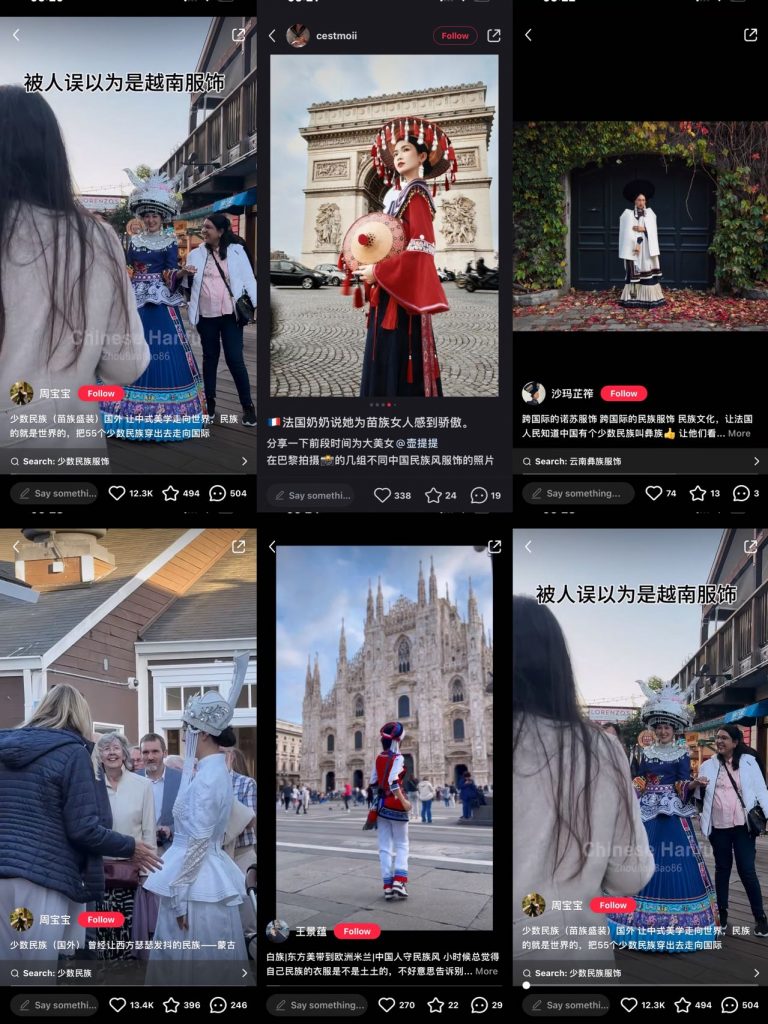
In order to promote the culture of China’s ethnic minorities and publicize China’s disappearing intangible cultural heritage to more foreigners, many Chinese social media creators have brought ethnic costumes abroad to popularize science. Such responses have brought a lot of praise. True cultural appreciation should be the expression of good communication.